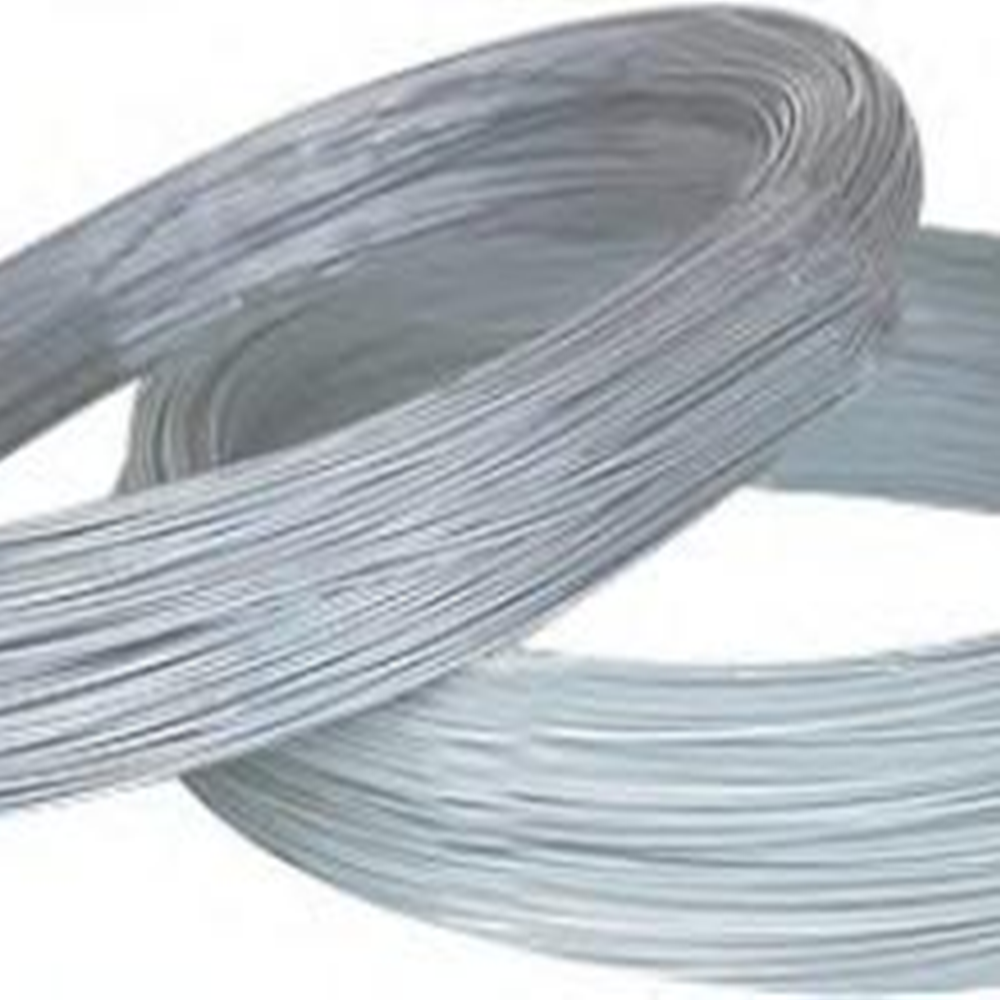WL thermocouple wire Type K
WL thermocouple wire Type K
NiCr-NiSi thermocouple wire Type K

NiCr-NiSi (Type K) thermocouple finds the widest use in all basemetal thermocouple, at temperature above 500℃. The main chemical composition of positive leg NiCr (KP) are Ni≈90% and Cr≈10%; negative leg NiSi (KN) are Ni≈97% and Cr≈3%. The operating temperature range is -200~1300℃(for short term) and 0~1100℃( for long term).
Type K thermocouple has strong resistance to oxidation than other base metal thermocouples. It has high EMF against Platinum 67, excellent temperature accuracy, sensitivity and stability, with a low cost. It is recommended for oxidizing or inert atmospheres, but cannot be used directly in the following cases:
(1) Alternatively oxidizing and reducing atmosphere
(2) Atmosphere with sulphur gases
(3) Long time in vacuum
(4) Low oxidizing atmosphere such as hydrogen and carbon monoxide atmosphere
|
TYPE |
Chemical Composition% |
||||
|
Ni |
Cr |
Mn |
Si |
AI |
|
|
NiCr(KP) |
90 |
10 |
/ |
/ |
/ |
|
NiSi(KN) |
97 |
/ |
/ |
3 |
/ |
|
TYPE |
EMF Versus Pt.67(mV) |
|||||
|
100℃ |
200℃ |
400℃ |
600℃ |
800℃ |
1000℃ |
|
|
NiCr KP |
2.826~2.886 |
5.937~6.017 |
12.729~12.821 |
19.532~19.676 |
26.064~26.246 |
32.313~32.525 |
|
NiSi KN |
1.224~1.256 |
2.140~2.180 |
3.600~3.644 |
5.271~5.331 |
7.080~7.160 |
8.807~8.907 |
|
NiCr KP-NiSi KN |
4.050~4.187 |
8.077~8.197 |
16.329~16.465 |
24.803~25.007 |
33.144~33.406 |
41.12~41.432 |
|
Type |
Densityat20℃(g/cm³) |
Melting point(℃) |
Tensile Strength(Soft annealed condition in 20℃)(Mpa) |
Elongation(Soft annealed condition in 20℃)(%) |
Resistivity at 20℃(μΩ.m) |
|
NiCr |
8.6 |
1427 |
≥490 |
≥10 |
0.71 |
|
NiSi |
8.6 |
1360 |
≥390 |
≥15 |
0.30 |







